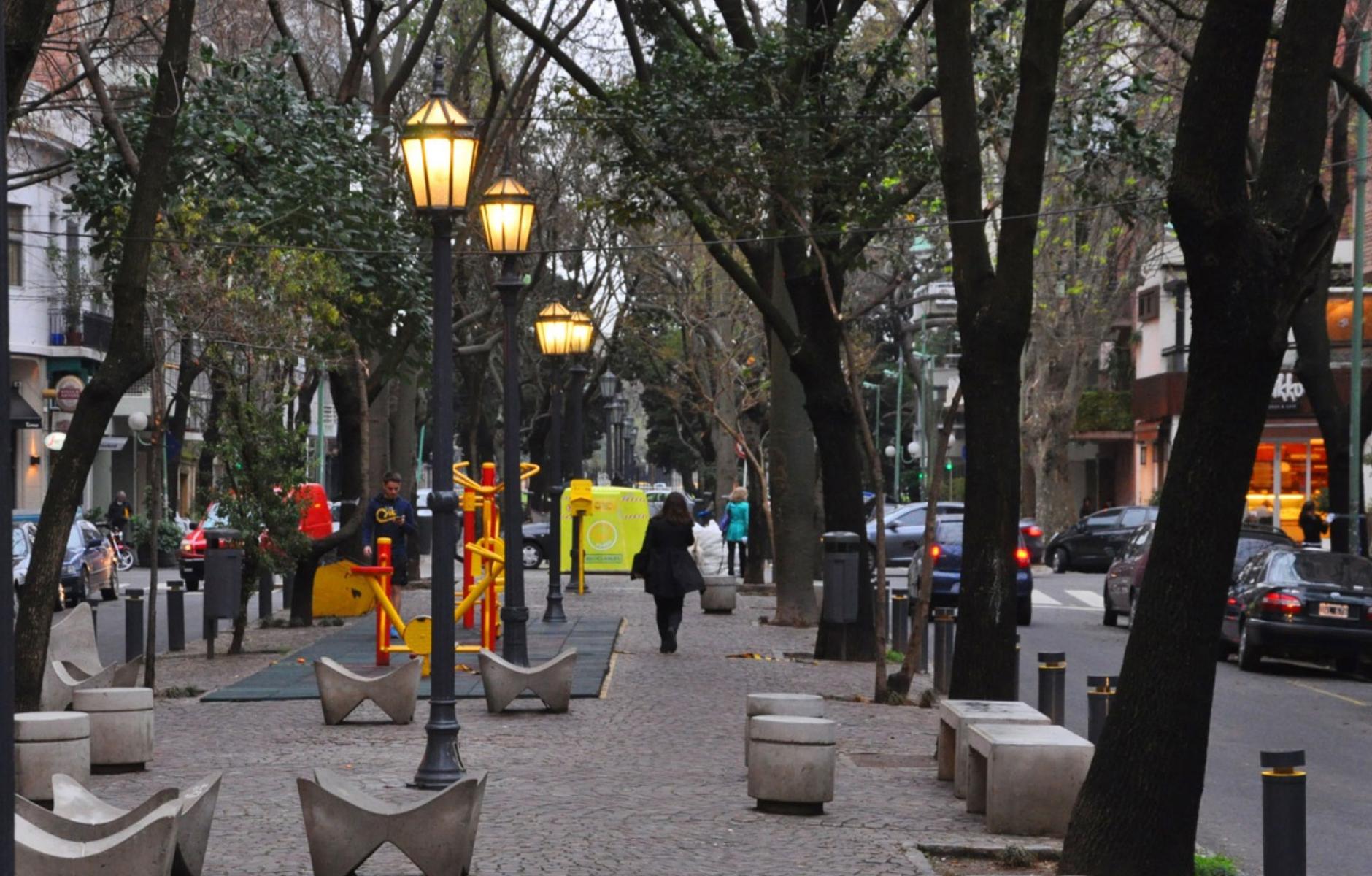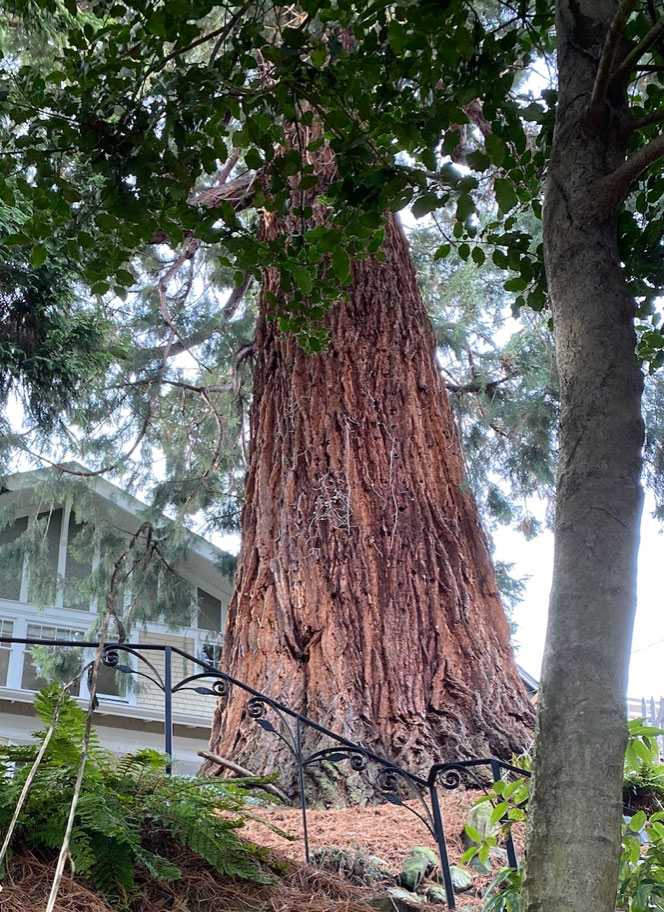
The magic of urban trees
We are hard-wired to love trees, ever since we looked out from their dappled light for predator and prey on the edge of the African Savanna millions of years ago. It’s now a timely love affair as we wage war against our greatest challenge – climate change.
Here’s a list of the numerous benefits of trees, compiled with my students over the years:

Where to plant more trees is a question. The answer is lurking in plain sight: Seattle has about 15,000 street intersections, two thirds of which are in single-family zones. Installing curb bulb-outs that are one parking space long on every single-family corner—eight spaces per intersection—would make room for 160,000 trees.
In 2007, Seattle also became the first in the United States to adopt the “green factor,” a scorecard of vegetative cover. Components include existing and new trees (preferably native species), rain gardens, green walls and green roofs. Trees, especially large ones, bump up the score considerably.
Globally, an estimated three trillion trees dot the earth. That’s over 400 trees per person. Against their continuous loss, American citizens and forest product companies plant about 1.6 billion trees a year, according to GreenandGrowing.org. The more trees we plant, the less environmental damage there is to repair, with fewer severe heat waves and less intense urban heat islands. Foliage provides cool “micro-climates” in hot cities. With less competition than in a forest, trees grow much bigger in cities.
The thermal impacts of trees are not trivial, even in our cool climate. According to the US Department of Agriculture, the cooling impact of a single healthy street tree is equal to 10 room-size air conditioners operating round the clock! As deadly heat waves become more common, shade becomes a civic resource, returning our bodies to more normal equilibrium. Temperatures on exposed streets compared to canopied ones tend to be anywhere from 5 degrees to 15 degrees F cooler, according to National Geographic.

Jeff Speck writes in his book Walkable City that streets made cooler with trees help people vulnerable to heat stress and exhaustion, such as outdoor workers, the homeless and the elderly. He feels that shade can be a matter of life and death.
There are also significant economic benefits, both to individual homeowners and to the cities they live in. A study at the University of Pennsylvania found that a single tree planted near a house raised its value 7 to 11 percent. According to a 2017 issue of Yale Environment 360, trees in 10 megacities around the world save $500 million per year in heat costs, energy expenses and environmental protection. They reduce air pollutants, reduce storm water run-off and air conditioning costs. Another study—joint between UC Davis and the US Dept. of Agriculture— determined that in the wet Pacific Northwest, a tree saves $3,000 per year! In 2014, Olaf Ribiero on insidebainbridge.com wrote that over a 50-year lifespan, a tree generates $161,000 in total benefits, while releasing enough oxygen to support two humans.
Trees are an immense breathing system for the earth that is essential for both plants and animals, including humans. They breathe out what we breathe in; we breathe out what they breathe in. They do much to combat climate change—from street trees to the giant Amazonian Rainforest, the lungs of the earth. Urban trees are like little hospitals, enhancing micro-climates and making us feel better psychologically and physically. It’s no wonder that we love them. The earth needs more trees. Humans need more trees. Cities need more trees.
My wife and I are currently planting one new tree and moving some small trees at our Seattle home. As I type, I can hear the aerial treeman’s buzzsaw thinning an existing pine tree, soon to move on to pruning five more trees. Our trees are becoming healthier and more beautiful, while making us healthier.
Here are a couple of my photos illustrating the magnificence of trees:






